On the afternoon of April 30, 1975, the puppet government in Rach Gia town, Rach Gia province surrendered unconditionally to the revolution. By the early morning of May 1, the remaining areas of the province such as Tan Hiep, Vinh Thuan, Go Quao... were also completely liberated. Photo: VNA
Although bullets were still exploding overhead at 2:00 a.m. on April 30, 1975, at 4:15 p.m. on April 30, 1975, our group of journalists on the west wing, including Le Ngoc Bich, Le Nam Thang (reporters); Nguyen Thanh Ha, Vo Van Tram (telegraphers), from the north bank of My Lam, also crossed the river to the south bank of the Rach Gia - Ha Tien inter-provincial road a few hundred meters above bridge number 2, and took over Rach Gia town.
Remembering that very short moment of transition between war and peace here, there was something very strange, in everyone's heart there was a surge of emotion, difficult to describe in words.
Under the golden sunshine of late spring and early summer, the small road leading to the inner city was filled with the beautiful liberation flags here and there! Through the camera lens, we were able to freely capture moments that, if not historical, were extremely precious at this unique time.
Soon, every house opened its doors, and people rushed out into the street to surround us and ask us all kinds of questions. The half-green, half-red flags of the National Liberation Front with yellow stars fluttered even more. The flags were solemnly placed in front of every family's door, on the lam cars, cyclos, and in the hands of workers, the elderly, and children.
Thinking back, it's a pity that each war correspondent at that time had a camera equipped with only 2 rolls of ORWO NP 20 film, with only 60 photos, and a recorder with only 1 roll of C 60 tape, with a duration of 30 minutes, so no matter how frugal one was, it was never enough.
That night, we journalists gathered one by one at Nguyen Trung Truc Cultural House. Although we had not yet shaken off the dust from the road, the lack of sleep, fatigue and hunger were temporarily put to rest. Everyone immediately set to work… with the aim of getting the news, articles and photos reporting the victory from this last land in the southwest sky to be broadcast as quickly as possible to the Liberation News Agency and Liberation Radio.
At that time, the means of communication were still very primitive. Every time a message was sent, a piece of bare antenna wire more than 100m long had to be hung on two very tall trees at the right height and direction for the signal to reach the intended recipient. The years in U Minh forest did not seem too difficult, because there were countless towering cajuput trees. However, every time a message was sent, sometimes we had to endure enemy bombs and artillery because there were often spy planes specializing in detecting and detecting signals in the sky, without us knowing.
Just entering the town, the conditions were very bleak, while in front of Nguyen Trung Truc Cultural House there were only two corners of Royal Poinciana trees taller than a person's head, how to hang two exposed antenna wires hundreds of meters long to broadcast news to the News Agency and the Radio Station was also a difficult problem?
The hardest were Thanh Ha and Vo Van Tram, two telegraphers who ran around looking for all kinds of long poles to match the height required according to technical requirements. In addition to our efforts, there was also the support of journalist Doan Vien, editor-in-chief of Song Kien newspaper, and Ms. Tran Ngoc Huong, announcer of Rach Gia town radio station, who were working for the old regime. They should have run away but volunteered to stay.
Finally, at 8:30 p.m. on April 30, 1975, the radio wave of station number 2 going to the Rach Gia battlefield, with the code: POP 3, was able to connect the signal with the Liberation News Agency, to the joy of those present.
I still remember the news of less than 400 words, handwritten on 2 pages of student exercise paper, with the title "Armed forces together with all classes of people rise up to take control of Rach Gia town, Rach Gia province is completely liberated". The news was written by veteran journalist Pham Xuan Yen, who was in the eastern army wing, and was passed to comrades in the frontline command less than 1 hour before. At the same time, this was also the last news on the topic of revolutionary war in the Rach Gia province battlefield that day.
I was the reporter assigned to write the second article reflecting the real emotional images of the armed forces and the people at the moment of the town's liberation. It would be better if it could be broadcast that night, or if it was too late, it would be in time for the news broadcast early the next morning.
Honestly, from the very beginning of being assigned to the campaign, I had already considered the plan and layout of this article, and in reality, the days of the campaign, as well as the context that just happened this afternoon, I myself was not much different. But in reality, when I sat down to write and string it together in a sequence with a beginning and an end, it was a difficulty I had never encountered in my years of working as a journalist.
The main thing is that I am so familiar with the way of sitting and writing with my backpack as a table, writing in trenches, writing in shelters, writing in conditions where bombs were falling and bullets were exploding just yesterday. But tonight, it is still the same daily work, sitting and writing in the heart of a very peaceful town, no longer having scenes of war, scenes of death caused by bombs falling and bullets exploding...
Thinking about that situation, it is difficult for anyone to contain mixed emotions of joy and sadness. Thinking about my colleagues who sacrificed and remained here and there in the corner of U Minh Thuong forest, the key battlefield, did not have time to return to the town on the day of great victory. Finally, after a sleepless night, I finished the article titled " Kien Giang on the first day of liberation", in time to hand it over to the radio operator on duty to deliver the morning news who was waiting.
From the room that still smelled of fresh lime in Nguyen Trung Truc Cultural House, I gently opened the door and stepped outside. In the morning, a fresh feeling rushed in, very pleasant. Looking at the Kien River still diligently flowing down to the sea. On the other side of the river, on the high tower of Rach Gia Market, the liberation flag fluttered in the early morning sun of May 1st, International Labor Day, after less than 24 hours of peace.
In the middle of town, the flow of people on the long streets poured out into the street more and more. It seemed like everyone chose for themselves the most beautiful outfit!
LE NAM THANG
Source link


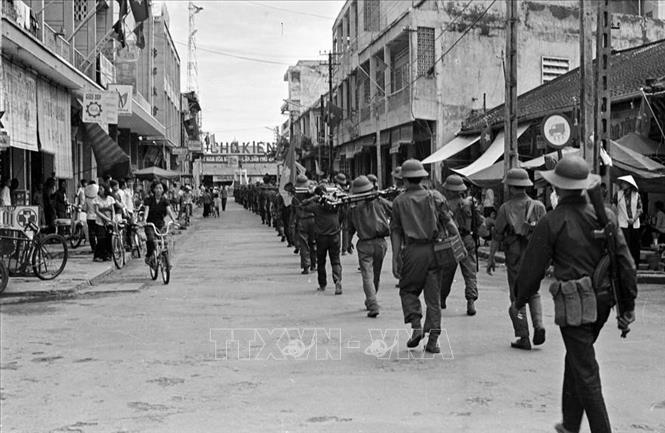




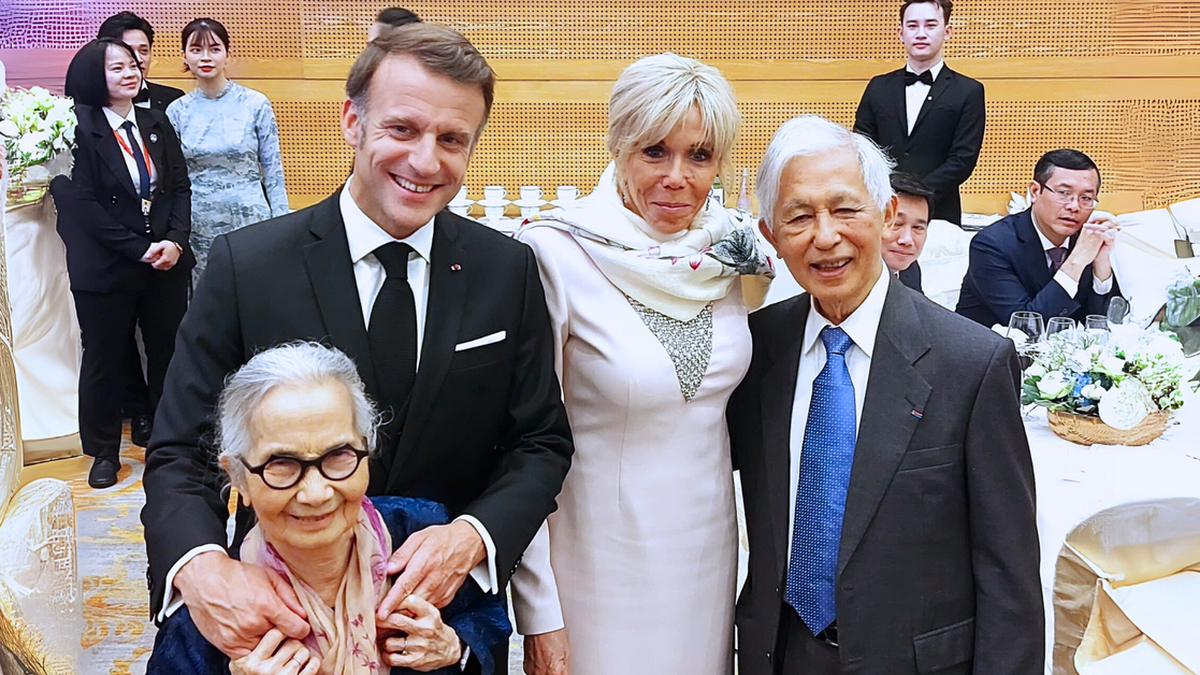
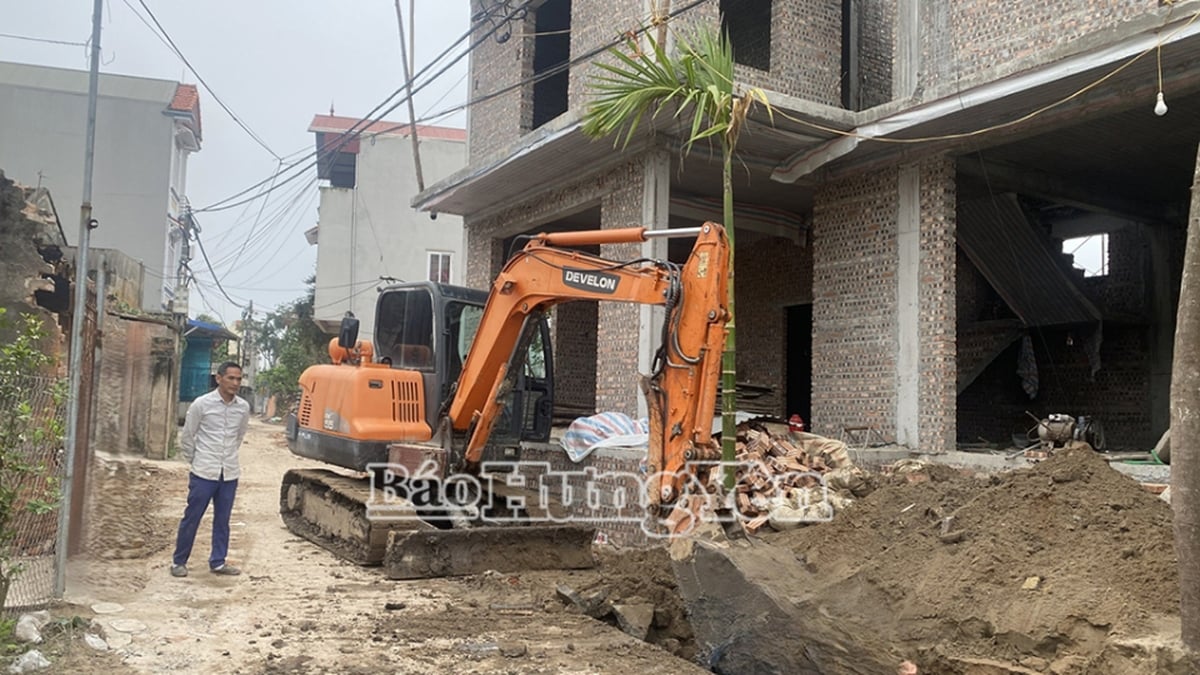
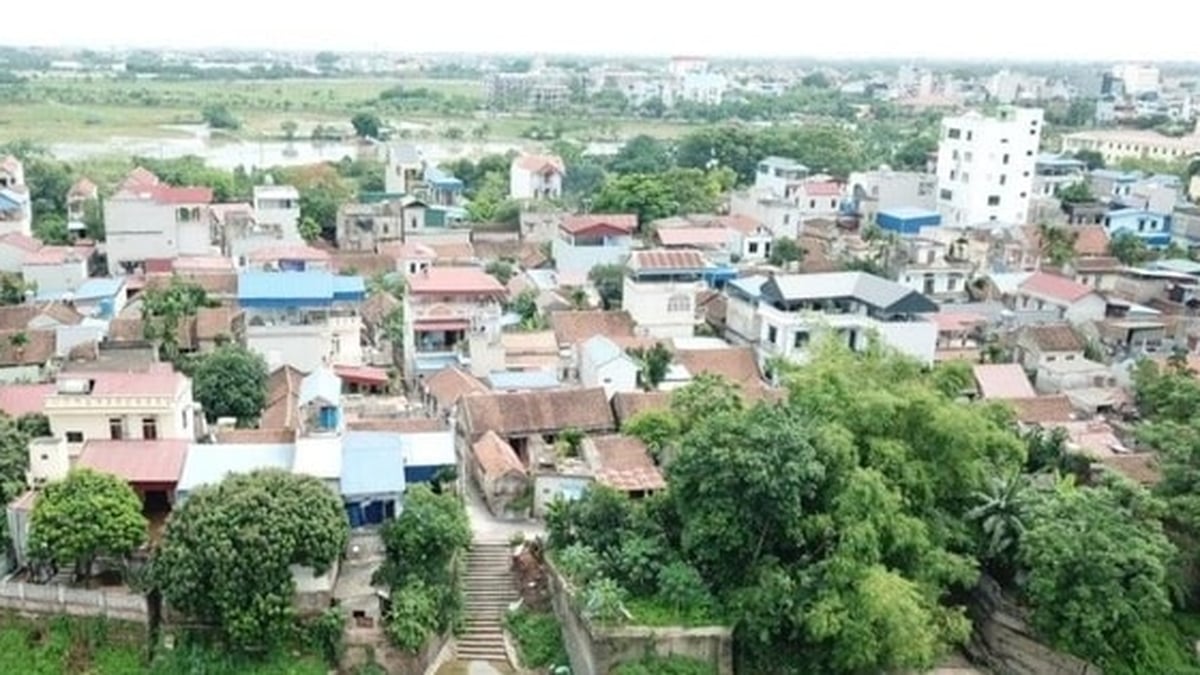
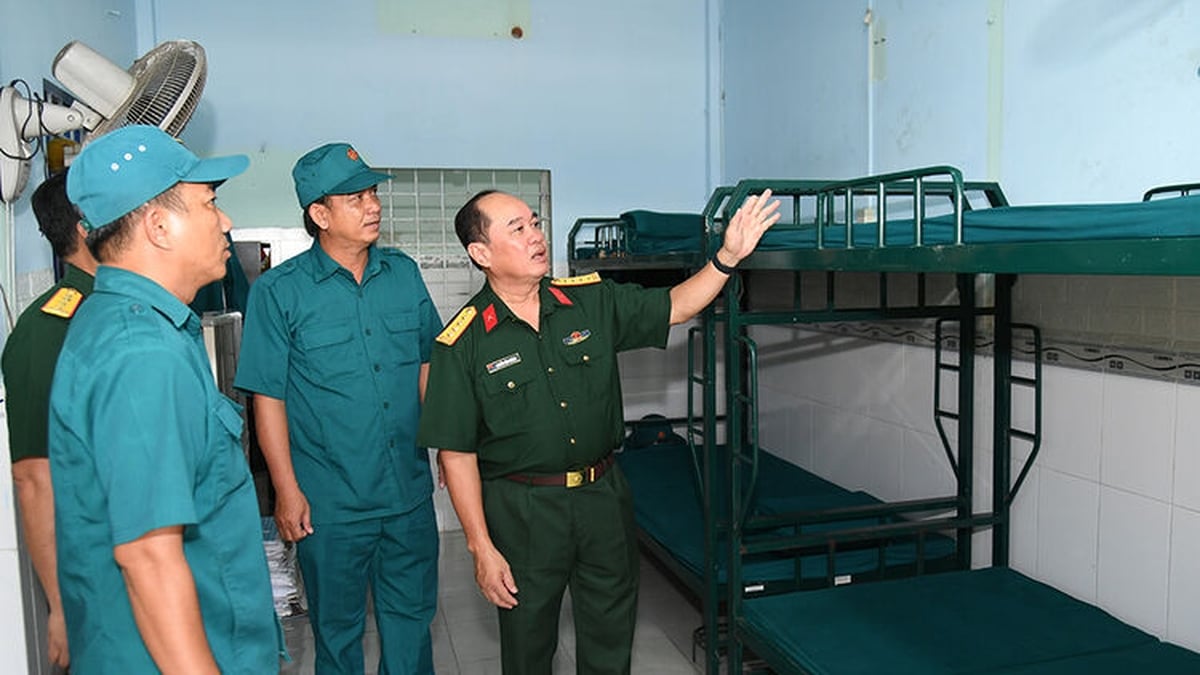
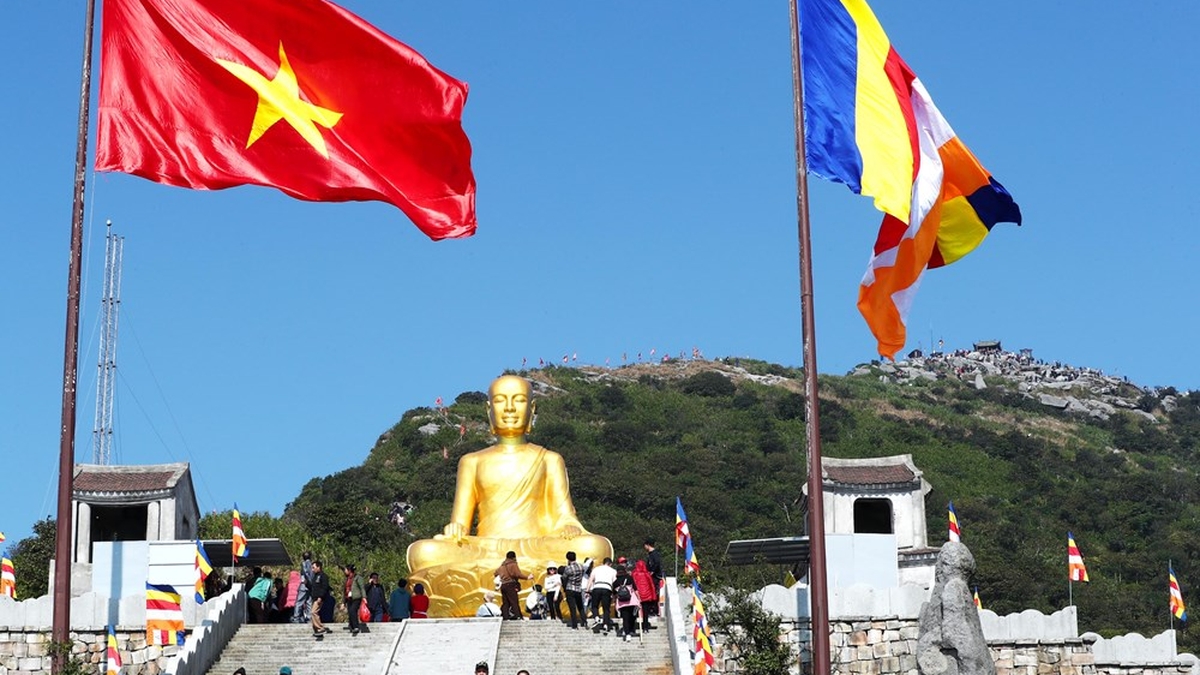
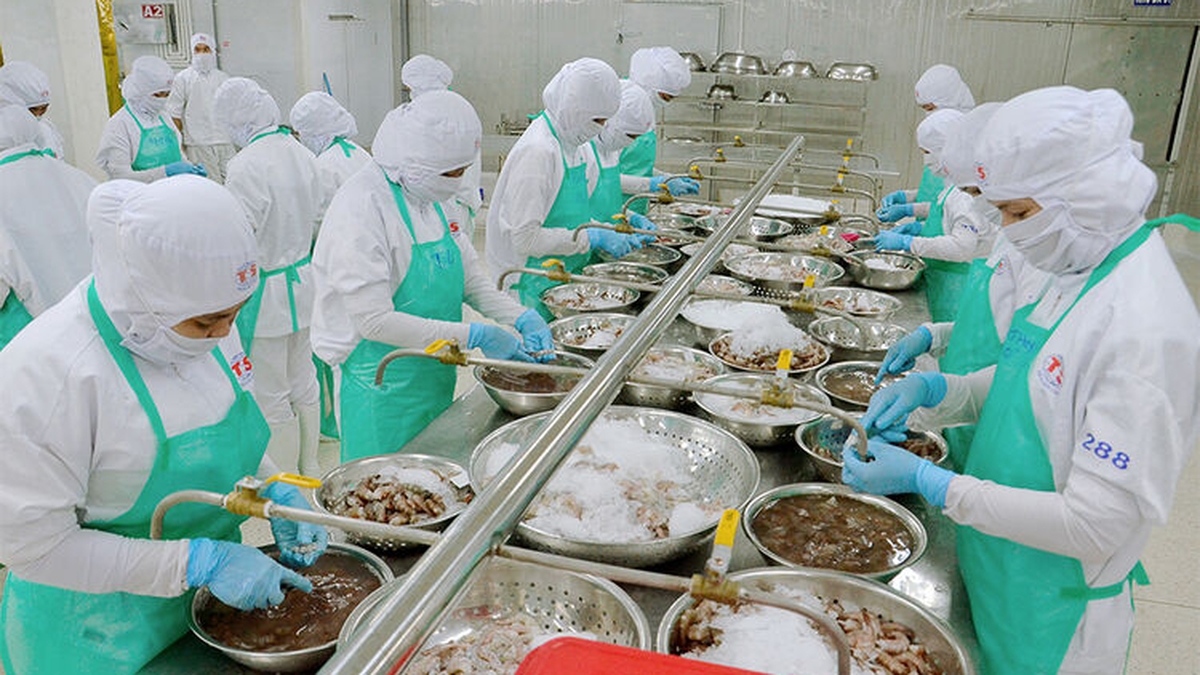













































![[Maritime News] Treasury Department Targets Diverse Networks Facilitating Iran's Oil Trade](https://vphoto.vietnam.vn/thumb/402x226/vietnam/resource/IMAGE/2025/7/14/43150a0498234eeb8b127905d27f00b6)






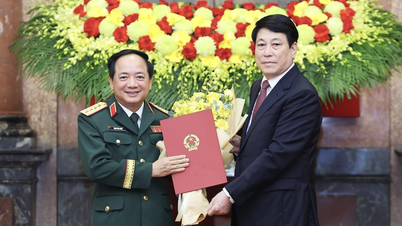
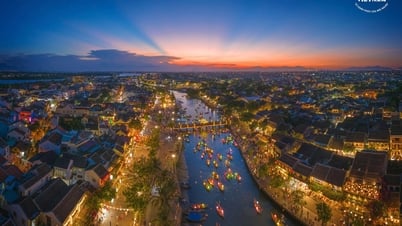

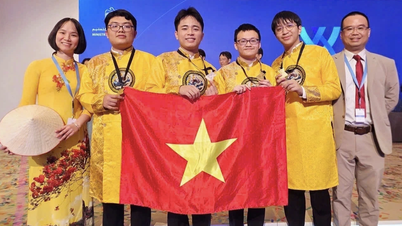
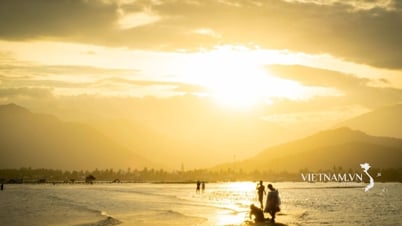
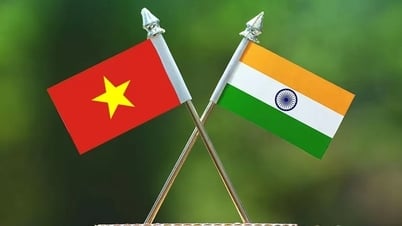

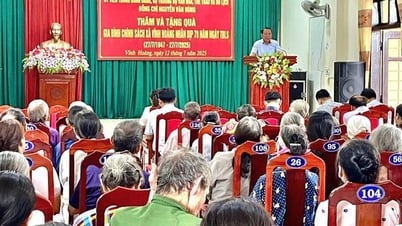
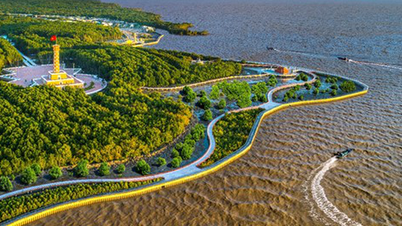
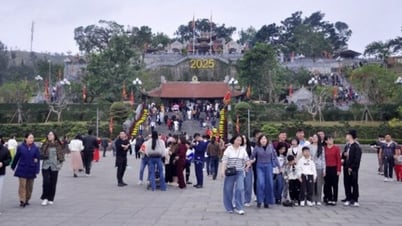
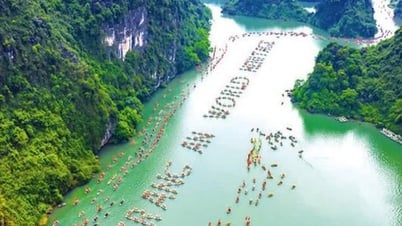
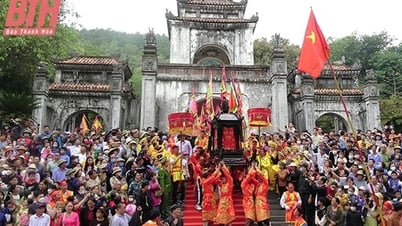























Comment (0)